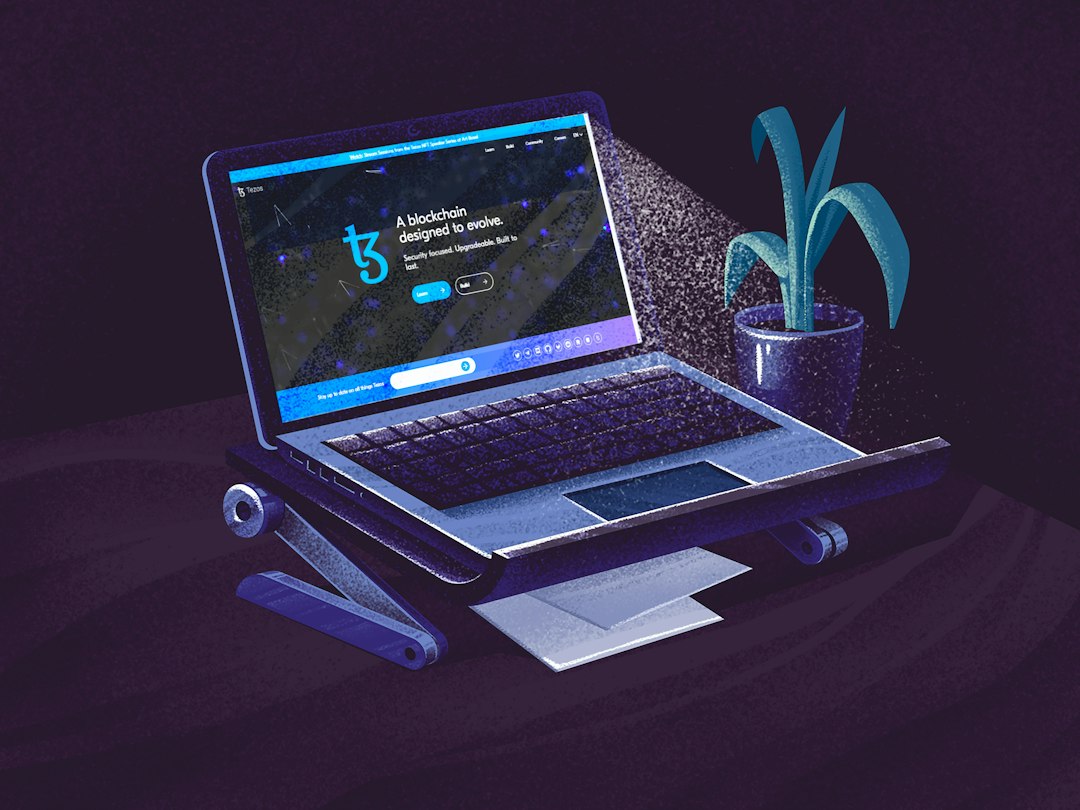Decentralized applications (DApps) have become popular for their transparency, security, and user asset ownership. However, delivering high-quality AAA gaming experiences through DApps is challenging. Existing 2D gaming DApps on blockchain networks face scalability and performance issues, resulting in subpar visual experiences. Developing AAA gaming DApps is also costly due to resource-intensive tasks and blockchain execution fees.
The actor model, used within the Gear Protocol, enables parallel computing and asynchronous messaging in blockchain programming. This model allows for non-blocking processing of transactions and smart contracts, enhancing the performance and scalability of DApps. Parallel processing has already been integrated into some blockchain games like Ember Sword, improving efficiency and reducing fees. Asynchronous messaging also makes DApps more resilient to network conditions and temporary failures.
Implementing asynchronous message handling supports event-driven architectures in DApps, reducing computational overhead and conserving network resources. It also improves the overall user experience by providing real-time feedback and quick confirmations for transactions. Leveraging asynchronous message handling is essential for creating powerful gaming DApps that can meet the demands of a growing user base and various industries.
By adopting this methodology, developers can push the limits of decentralized gaming and fully utilize the capabilities of blockchain technology in the gaming sector.





 By
By
 By
By
 By
By
 By
By
 By
By
 By
By